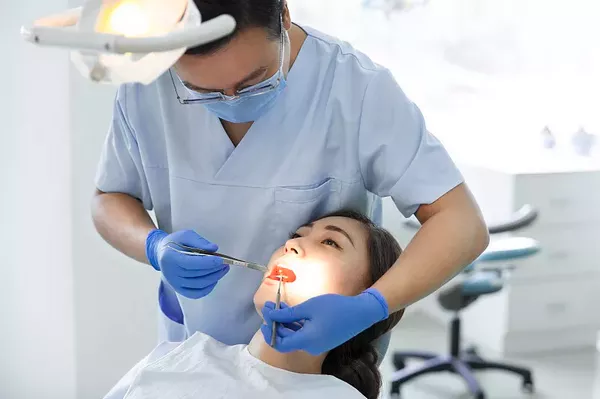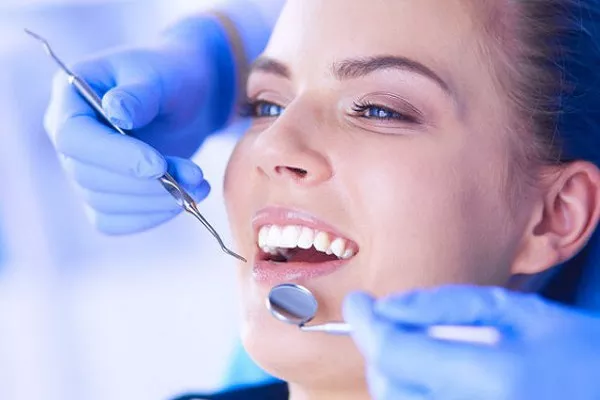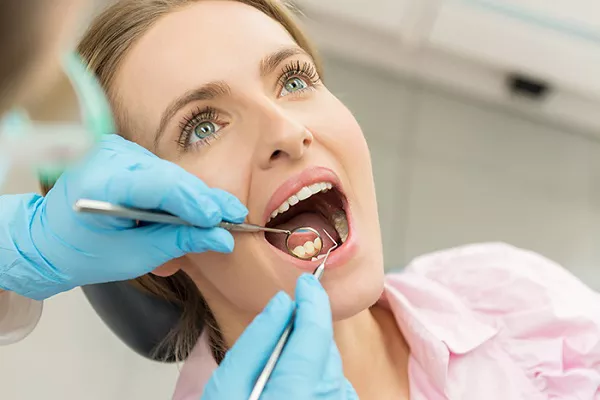Braces, also known as orthodontic braces, are a widely used dental treatment to correct misaligned teeth and achieve a harmonious smile. While most people are familiar with the basic concept of braces, they might not fully understand the role of the various components involved, including the wire. In this article, we will delve into the essential function of the wire in braces and its contribution to the overall orthodontic treatment process.
Understanding Orthodontic Braces
Orthodontic braces consist of several components, including brackets, bands, ligatures, and wires. Each component plays a crucial role in the gradual repositioning of teeth to achieve proper alignment and a balanced bite. The wire, often referred to as an archwire, is a central element that facilitates the controlled movement of teeth.
The Role of the Wire in Braces
The wire in braces serves as a dynamic force system that guides the movement of teeth over time. Its primary function is to apply gentle pressure to the teeth, encouraging them to shift into the desired positions. The wire is carefully adjusted by orthodontic professionals to create the necessary tension, allowing for controlled and precise tooth movement.
Types of Orthodontic Wires
There are several types of orthodontic wires used in braces, each with distinct properties that cater to various stages of treatment and individual patient needs. These wires can be broadly classified into two categories: nickel-titanium (NiTi) wires and stainless-steel wires.
Nickel-Titanium Wires (NiTi): These wires are known for their flexibility and shape memory properties. NiTi wires have the ability to return to their original shape even after significant bending. This unique characteristic allows them to exert continuous yet gentle pressure on teeth, making them ideal for initial alignment and correction of mild to moderate crowding or spacing.
Stainless-Steel Wires: Stainless-steel wires are more rigid compared to NiTi wires. They are often used in later stages of treatment when more significant adjustments are required. These wires provide greater control over tooth movement and are particularly effective in addressing complex cases.
Wire Adjustments and Progression
Orthodontic treatment is not a one-size-fits-all approach. Each patient’s treatment plan is tailored to their specific dental needs. This includes regular adjustments to the wire, which occur during follow-up appointments with the orthodontist. These adjustments involve changing the wire’s shape, size, or material to maintain the desired pressure and promote the gradual movement of teeth.
The Process of Tooth Movement
Tooth movement is a complex biological process that occurs in response to the applied forces from the braces’ components, particularly the wire. As the wire exerts pressure on the teeth, it stimulates bone remodeling around the tooth’s root. This process involves bone resorption on one side and bone deposition on the other, allowing the tooth to gradually shift into the desired position.
Ensuring Patient Comfort
While the wire’s main purpose is to facilitate tooth movement, orthodontic professionals also prioritize patient comfort. Modern advancements in orthodontics have led to the development of smoother and more comfortable wires. Additionally, orthodontic wax can be applied to alleviate any irritation caused by the braces or wire, ensuring a positive treatment experience.
Compliance and Maintenance
The success of orthodontic treatment heavily relies on patient compliance and proper maintenance. Patients must adhere to their orthodontist’s recommendations regarding oral hygiene, diet restrictions, and wearing elastics or other auxiliary appliances. Neglecting proper care can lead to treatment delays or complications.
Conclusion
The wire in braces plays a pivotal role in achieving a beautifully aligned smile. Its ability to apply controlled pressure to teeth enables orthodontic professionals to guide tooth movement and correct misalignments effectively. As patients undergo treatment, understanding the significance of the wire empowers them to actively participate in the journey toward improved dental health and enhanced aesthetics. Regular consultations with experienced orthodontists and diligent adherence to care instructions will ensure a successful and satisfying orthodontic experience.
Related Topics:
































